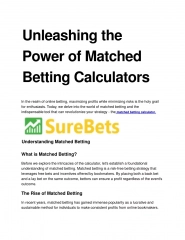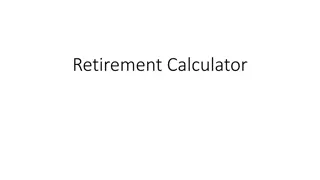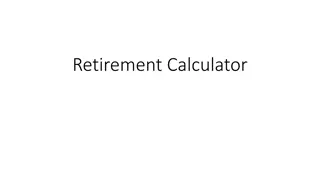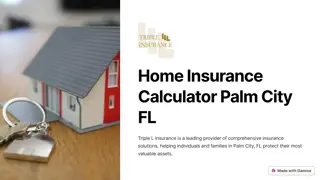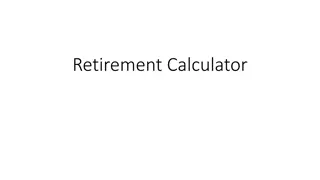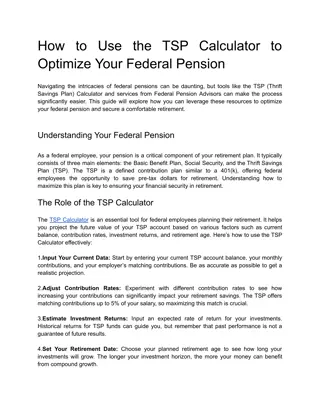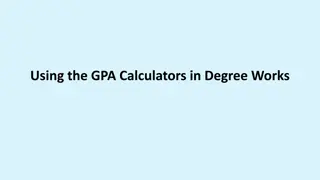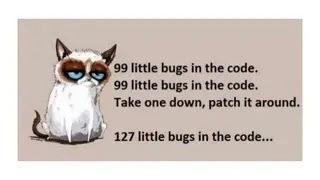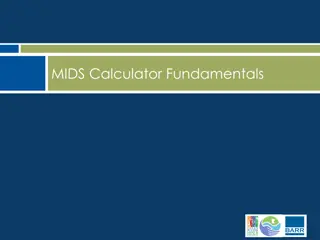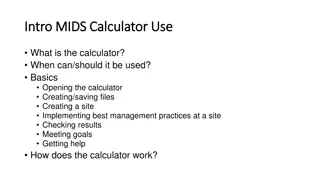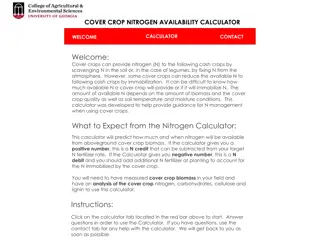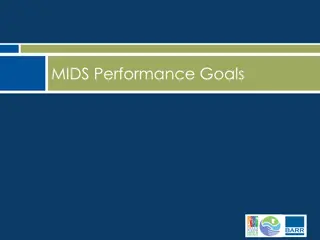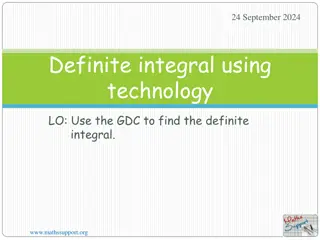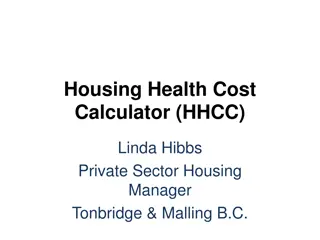
Calculator Challenge: Explore Functions, Brackets, and Number Magic!
Dive into the world of calculators with a focus on scientific functions, bracket usage, and intriguing number patterns. Discover the versatility of calculator keys, explore creative bracket combinations, and unravel the mysteries of multiple digit magic. Explore the concept of square roots, identify numbers expressible as the sum of squares, and ponder the relationship between operations and number magnitudes. Enhance your math skills and logical thinking through hands-on calculator challenges and thought-provoking exercises.
Download Presentation

Please find below an Image/Link to download the presentation.
The content on the website is provided AS IS for your information and personal use only. It may not be sold, licensed, or shared on other websites without obtaining consent from the author. If you encounter any issues during the download, it is possible that the publisher has removed the file from their server.
You are allowed to download the files provided on this website for personal or commercial use, subject to the condition that they are used lawfully. All files are the property of their respective owners.
The content on the website is provided AS IS for your information and personal use only. It may not be sold, licensed, or shared on other websites without obtaining consent from the author.
E N D
Presentation Transcript
Year 7 Calculator Challenge Lesson
Getting to know your calculator Look at your calculator What is the difference between the scientific calculator and the ones you have used before? How can each key have more than one function?
Brackets-a-go-go How many different ways can you use brackets to create different values for this expression? How will you deal with the brackets on your calculator? 7 x 4 + 8 2 1 How would you use brackets to give these values? = 31 = 84 = 41 = 35 = 49 = 17 Are there any more values that the calculation can have?
Multiple Digit Magic Write a 3-digit number where all the digits are the same. Add up the digits. Divide the 3-digit number by the sum of the digits. Record the quotient (answer). Repeat with other numbers. What do you notice? Why do you think this happens? 444 4 + 4 + 4 = 12 444 12 = ? I noticed that . I think this happens because
Multiple Digit Magic What if we think of the number as nnn? Can we use place value to think about the number? How can thinking about this help us to explain what is happening? Can we enter nnn into the calculator??? I noticed that . I think this happens because
Be Square! Which numbers can be expressed as the sum of two squares? 5 = 4 + 1 = 22 + 12 Which of these numbers can also be expressed as the sum of 2 squares? 14 25 6 26 122 40 153 21 56 102 53 77 123 164 72 35 99 65 64 5 51 43 104 55 29 130 27 16 148 125 34 22 140 20 36 19 13 100 90 9 49 73 160 82 109 17 50 103
Rooting it Out! How accurately can you estimate the square roots of numbers? What strategies can you use to estimate the square root of a number? What maths do you think the key is doing?
Beyond Integers: Call that a number? Is the following statement always, sometimes or never true? Explain your reasoning. Addition and multiplication make numbers bigger, subtraction and division make numbers smaller. What count as numbers ? What do we mean by bigger and smaller ? How do we describe the different values in an expression or calculation?
Beyond Integers: The key keys Is the following statement always, sometimes or never true? Explain your reasoning. Addition and multiplication make numbers bigger, subtraction and division make numbers smaller. Pressing this key before entering a value will make the value negative This key will allow you to enter fractions into the calculator Shift and this key will allow you to enter mixed numbers Use the arrow keys to move the cursor to the correct part of the fraction or mixed number This key (toggle key) allows you to switch between fraction and decimal answers
Beyond Integers: Call that a number? Addition and multiplication make numbers bigger, subtraction and division make numbers smaller. I think the statement is always/sometimes/never true because Here is the evidence to support my answer: Use the language in the table to complete the sentence in as may ways as you can If the numbers being are then the will always be added multiplied subtracted divided whole numbers greater than 1 less than 1 fractions decimals mixed numbers sum product difference quotient resulting value result greater than the initial number smaller than the initial number greater than 1 smaller than 1 greater than the dividend smaller than the multiplicand
Beyond Integers: Call that a number? Is the following statement always, sometimes or never true? Explain your reasoning. Addition and multiplication make numbers bigger, subtraction and division make numbers smaller. I think the statement is always/sometimes/never true because Here is the evidence to support my answer:
I think . When you are working with a friend, use these to explain what you are thinking It could be this because It can t be this because If we do thisthen I wonder what will happen if I know this so It s an even number It s bigger than if we multiply by 10 then It s smaller than the answer has to be It s an odd number
About MEI Registered charity committed to improving mathematics education Independent UK curriculum development body We offer continuing professional development courses, provide specialist tuition for students and work with employers to enhance mathematical skills in the workplace We also pioneer the development of innovative teaching and learning resources


